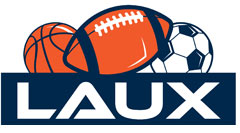Football Cleats
Football cleats give you the grip and stability needed to push off the line, cut sharply, and keep your balance on grass or turf. The right cleats help transfer power through every step without slipping.
Football Cleats FAQs
Recently viewed
